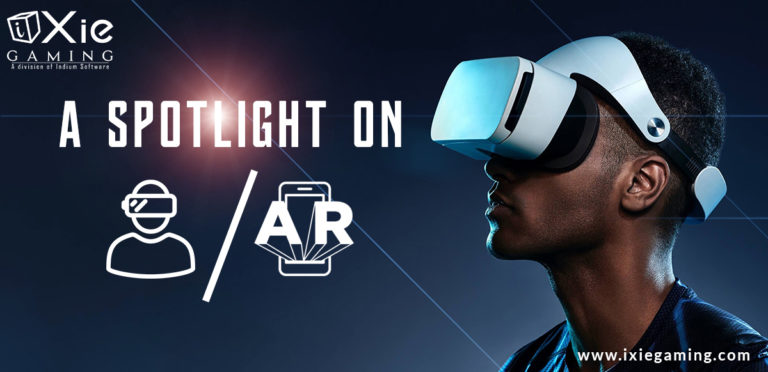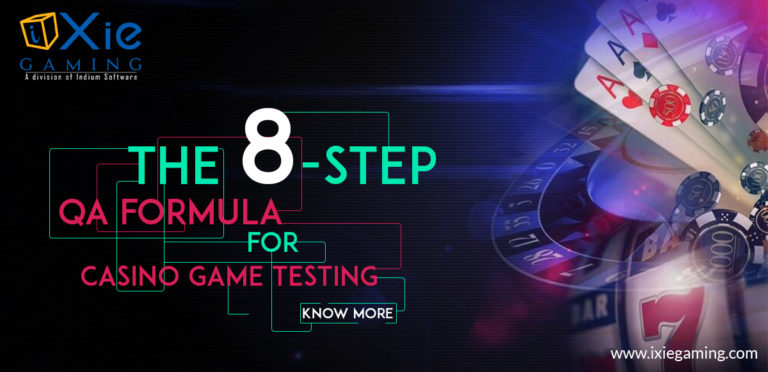Mobile game developers face the daunting task of acquiring and retaining players in today’s fast-paced mobile gaming world. But why? Well, there has been a significant increase in competition, providing players with more mobile gaming options than ever. Therefore, game developers have had to embrace modern tactics to succeed and continuously improve their game’s performance and design. Mobile game analytics solution has emerged as an indispensable ally in this pursuit.
By leveraging the power of data, mobile game developers can acquire profound insights into player preferences, engagement, and behavioral patterns. In this article, we deeply dive into mobile game analytics, uncovering its impact on maximizing acquisition and retention.
Understanding Mobile Game Analytics
Mobile game analytics is crucial in the modern gaming world. It helps developers analyze what players are doing, calculate key performance indicators (KPIs) and metrics such as retention rates and daily active users, and identify bugs or other issues that impact user experiences. Basically, it involves leveraging player data to identify and address issues, driving better immersion and retention.
The primary goal of mobile game analytics is to improve player experience. Through mobile game analytics, you can identify pain points, personalize content based on players’ preferences, and improve game mechanics. These insights help you as a developer to make informed decisions, refine gameplay, deliver tailored experiences that excite players, and optimize in-game economies.

Leveraging Mobile Game Analytics in Game Design
To maximize acquisition and retention, you must craft an irresistible game design. With a great game design, players get an immersive mobile gaming experience at a glance. This way, they will keep playing the game for extended periods and more frequently. So, it is safe to say that the ultimate goal of leveraging mobile game analytics in game design is to achieve immersion.
But what is immersion? And how do you achieve this much-needed concept when you use mobile game analytics in game design? Let’s find out.
Understanding Immersion
When we talk about maximizing acquisition and retention, we’re simply referring to creating immersive experiences to encourage new players to start playing the game while keeping the existing players glued to the game. By definition, immersion is the state of being fully absorbed or deeply engaged in a virtual or game environment.
If players experience a sense of immersion, they create an emotional investment in your game. This means they “forget” the real world around them. Therefore, achieving immersion is the key to creating unforgettable gaming experiences and maximizing acquisition and retention. You can leverage mobile game analytics in various design techniques to achieve full immersion.

Optimizing Acquisition and Retention with Analytics-Driven Mobile Game Design
Leveraging mobile game analytics in game design can help achieve immersion, maximizing your mobile game’s acquisition and retention. Here are various ways in which you can use analytics in mobile game design, optimizing user experiences:
1. Visual Design
Players are attracted by what they see. If your game has a poor visual design, players will ditch it at a glance. The outcome? Low player engagement and acquisition rate. But how does mobile game analytics help improve visual design to help maximize player acquisition/retention?
Well, mobile game analytics tools can assess your game’s visuals to identify areas of improvement. This helps you as a developer to make informed decisions to improve your game’s visuals. For instance, you can use vibrant colors, dynamic lighting, and realistic textures to “take” players into an entirely different world. By making your game’s visuals, characters, and objects realistic, players will likely get attracted and keep playing it.
2. Game Mechanics and Interactivity
Game mechanics and interactivity play a crucial role in maximizing acquisition and retention. Providing immersive gameplay mechanics that offer meaningful options and challenges can help keep players engaged and hooked in your mobile game’s world. However, achieving such game mechanics is easier said than done. And that’s where mobile game analytics come in handy.
Mobile game analytics tools can analyze your game’s mechanics and interactivity and identify areas that must be optimized for better experiences. For instance, these tools can identify “too easy” or “too challenging” gaming levels that may be boring or too difficult for players. These insights can help improve your game’s experiences, ensuring it delivers simple yet challenging levels, and keeping players hooked.
3. Narrative and Storytelling
Your mobile game’s narrative or storyline is crucial in maximizing acquisition and retention. Under-developed game characters or a less compelling storyline can significantly hinder your mobile game’s ability to immerse players. However, with different players having varying preferences, finding narratives and storylines that engage a wider audience can be difficult. Luckily, mobile game analytics services can help.
Mobile game analytics tools can analyze extensive datasets and identify issues in your game’s narrative. These insights can help you carefully craft narratives and storylines paying attention to plot twists, character development, and pacing.
What’s more, they can help you create multidimensional and relatable characters that make players emotionally invested in your mobile game.
Also, you can leverage mobile game analytics tools to create cutscenes and dialogues that further improve immersion, enabling players to actively participate in the narrative.
4. Audio Design
Apart from video design, audio design is another crucial element in creating immersive experiences to maximize acquisition and retention. Mobile game analytics tools can help you integrate ambient background music, high-quality sound effects, and voice acting. But how? Well, these tools can analyze similar game genres and recommend the best audio components that complement your visual design. As a result, you can create an unbelievable and cohesive game world, improving acquisition and retention.
Final Thoughts
Maximizing acquisition and retention is crucial to the success of your game. But achieving this maximized acquisition and retention is never a walk in the park, especially in today’s highly competitive mobile gaming world. Therefore, embracing modern technologies like mobile game analytics tools has become a necessity to help make better decisions to improve your game. With mobile game analytics, you can improve your game design, from video and audio to game mechanics and narrative, ensuring a seamless experience for all players. This results in a more immersive gaming experience, automatically driving player engagement and retention.
Are you ready to maximize your game acquisition and retention with mobile game analytics? Here you go!
Contact us today and let us help you keep new players coming and existing players engaged! iXie has got you covered. With 15+ years of experience, our team can leverage mobile game analytics tools, ensuring your game delivers an immersive experience.
FAQ’s:
Here are various ways in which you can use analytics in mobile design, optimizing user experiences:
- Visual Design
- Game Mechanics and Interactivity
- Narrative and Storytelling
- Audio Design
Mobile game analytics is crucial in the modern gaming world. It helps developers analyze what players are doing, calculate key performance indicators (KPIs) and metrics such as retention rates and daily active users, and identify bugs or other issues that impact user experiences.
Mobile game analytics track various metrics such as player demographics, in-game actions, session lengths, and spending habits. Analyzing these metrics helps developers gain insights into how players interact with their game, what features they enjoy the most, and what drives them to continue playing or leave the game.
Game development team should focus on metrics such as daily active users (DAU), retention rate, churn rate, average revenue per user (ARPU), lifetime value (LTV), and in-game conversion rates. These metrics provide crucial insights into player engagement, loyalty, and monetization potential.






